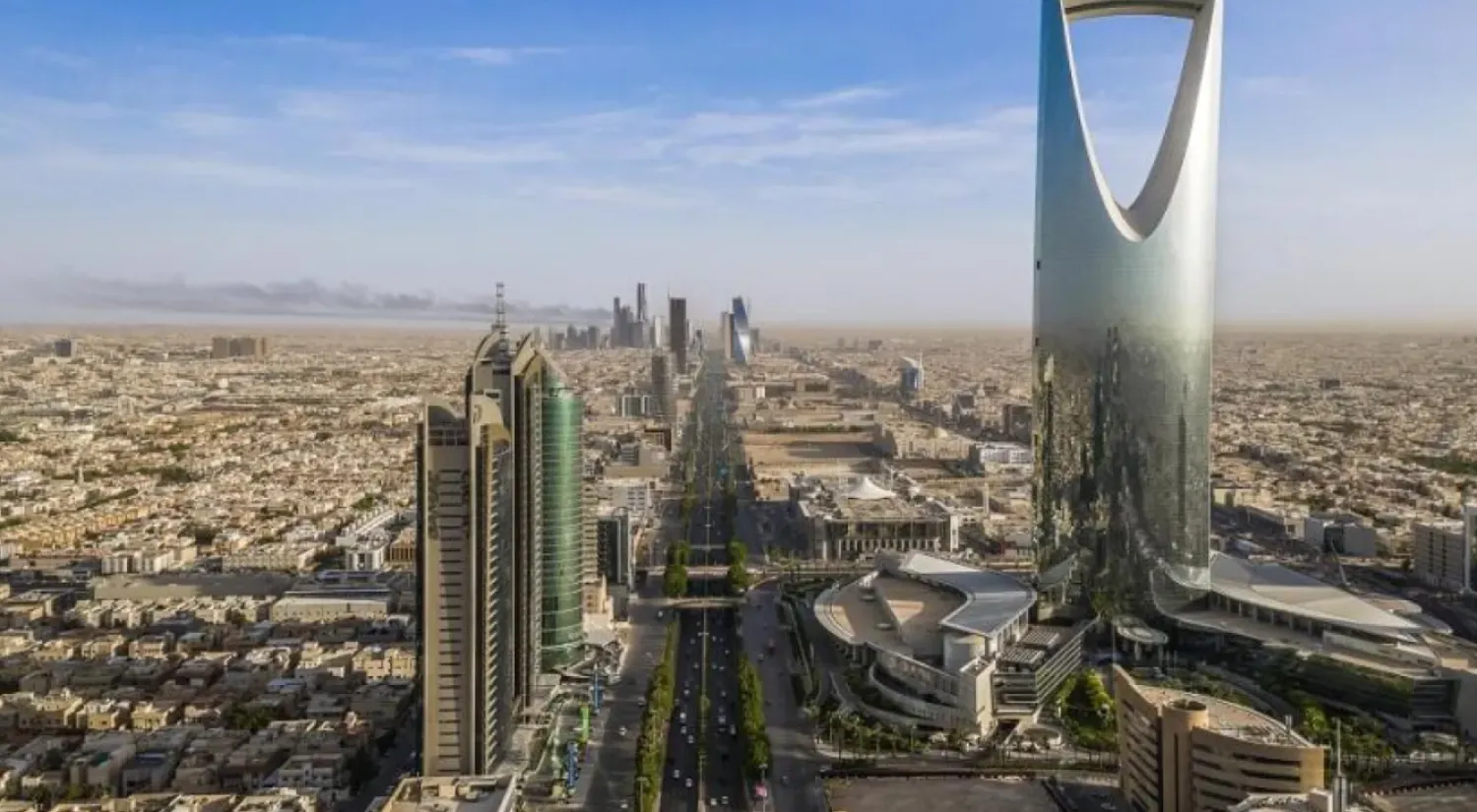Libyan-British artist Alla Abdunabi is elated by the success of her debut solo exhibition, hosted by Abu Dhabi’s 421 Arts Campus as part of its 2025 winter season.
Exploring the concept of simulacra (how symbols evolve and shape cultural narratives) and how colonial history has shaped practices of care within museums, the exhibition runs from January 30 - May 4.
Abdunabi is among the emerging artists supported by 421 Arts Campus, an independent platform in Abu Dhabi dedicated to fostering creative talent.
This year, the institution spotlighted her work with her first solo exhibition, ”Are your memories of me enough for you?”, offering audiences an intimate glimpse into her artistic journey.
Speaking to Asharq Al-Awsat about her experience in Abu Dhabi, Abdunabi reflected on her participation in the 2025 cycle of the 421 Artistic Development Program and the launch of her first solo exhibition.
She said the program was a turning point for her, and that it gave her the chance to grow an artistic practice in a space of dialogue with other artists and mentors.
Working on a solo exhibition changed the way she engaged with her own work, she explained.
One of the key lessons Abdunabi learned was understanding how different bodies of work interact—conceptually and spatially. That added layers of complexity she found exciting, opening up new possibilities for exploration.
Conceptual Approach
Abdunabi’s academic background is not strictly in fine arts. She studied interdisciplinary design, focusing on motion graphics, spatial and experimental design, and art installations.
Her artistic practice has expanded beyond the existence of objects themselves to how they interact with the surrounding space—whether inside a white-walled gallery or in a public setting.
For Abdunabi, engaging with an artwork is as significant as the piece itself.
Research through design was a core part of her studies and remains central to Abdunabi’s approach today.
Even though the work has a conceptual nature, it always begins with research, using the history of objects to better understand the world we live in.
In “Are your memories of me enough for you?” Abdunabi examines the concept of false resemblance, questioning how truth is constructed and how objects shape specific versions of reality through their symbols.
She explores how these icons are preserved, restored, and reinterpreted over time, prompting reflections on how contemporary audiences engage with such narratives.
Her work draws from the theories of French philosopher Jean Baudrillard, who argued that in today’s world, images do not merely reflect reality but create their own, blurring the lines between authenticity and illusion.
In an era flooded with visual representations, Abdunabi investigates how individuals discern between the real and the fabricated.
Through her exhibition, she challenges the conventional role of images and symbols, positioning them as active agents in shaping truth rather than simply depicting it.
By presenting alternative narratives, the show encourages visitors to reflect on how easily new realities can be constructed through visual culture.
Abdunabi sees art as a fundamental force in shaping how history is remembered and interpreted. Cultural symbols, she argues, carry layers of meaning that evolve over time, influencing collective memory in ways that are not always immediately visible. Her work explores how these symbols are preserved, repurposed, or erased—and what those choices reveal about the narratives societies choose to uphold.
Her exhibition also raises critical questions about how institutions handle objects tied to histories of violence. It challenges audiences to consider how museums, archives, and galleries frame and present artifacts with legacies of displacement, destruction, or exploitation.
While these institutions often portray themselves as neutral spaces, they actively shape meaning through preservation, display, and classification.
Rather than offering definitive answers, Abdunabi’s work seeks to expose these underlying systems and interrogate the very concept of preservation. It questions whether preservation can, at times, serve as a form of erasure or control.
The exhibition also examines the relationship between objects and the spaces they inhabit—whether in public settings, artistic contexts, or museum collections—highlighting the complexities of storytelling across these different environments.
Blending Research and Artistic Experimentation
For Abdunabi, research is always the starting point of her creative process—but it extends beyond gathering information. Her approach involves complicating historical narratives and engaging in speculative and imaginative interventions through art.
Rather than treating research and artistic practice as separate processes that need balancing, she sees them as part of an ongoing dialogue. Research informs artistic decisions, while artistic interventions, in turn, open new perspectives for inquiry.
Material experimentation is also central to her practice. She combines academic research, rooted in literature and historical analysis, with sensory and experimental exploration—emphasizing the importance of physical interaction with objects and materials. This interplay between intellectual inquiry and hands-on experimentation shapes the depth and complexity of her work.
Looking Ahead: Expanding Artistic Exploration
Abdunabi aims to deepen her exploration of the themes she has been working on while pushing them into new forms. Recently, she has been reflecting on how history is confronted both within institutional spaces and beyond.
She is also keen to experiment with different media, particularly spatial and immersive approaches that enhance the experience of interacting with objects and images.
Ultimately, her goal remains the same—to continue asking questions and engaging with the world in ways that are both direct and necessary.









